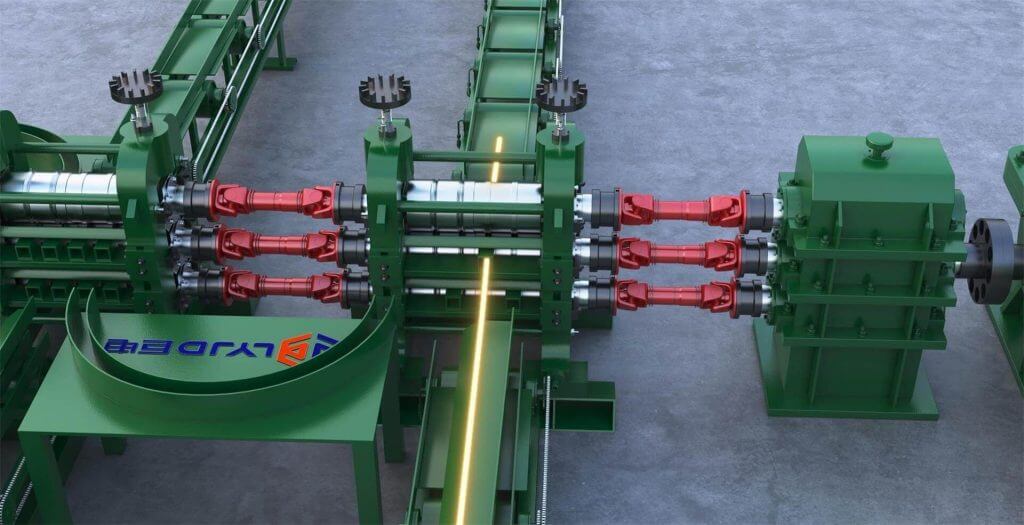On a rolling line, rebar is the final product. Today we are going to discuss the topic of steel bars.
Reinforcing bars are generally used to make concrete structures. Therefore, the reinforcement should have the appropriate characteristics and quality of the reinforcement. Characterization is the process of controlling and ensuring the quality of materials.
Reinforcing bars are usually divided into primary rebars and secondary rebars.
The main reinforcement refers to the steel used to ensure the resistance required for the entire structure to bear the design load.
Secondary reinforcement, also known as distribution reinforcement or thermal reinforcement, is used for durability and aesthetic reasons by providing sufficient local resistance to limit cracking and resist stress caused by effects such as temperature changes and shrinkage.
Reinforcing bars are also used to impart resistance to concentrated loads by providing sufficient local resistance and stiffness to spread the load over a wider area.
Reinforcing bars can also be used to hold other rebars in the correct position to suit their load.
Regular rebar is usually made of unfinished tempered steel and is prone to rusting. Usually the concrete cover can provide suitable values to avoid corrosion reactions. Too little concrete cover can compromise this protection through carbonation of the surface and penetration of salts.
Rebar corrosion is a particular problem when concrete is exposed to salt water.
In this case, uncoated, corrosion-resistant low carbon chromium alloys, epoxy-coated, galvanized or stainless steel rebar can be used at a higher initial cost but significantly lower costs over the life of the product.
When epoxy-coated rebars are used, extreme care must be taken during transportation, fabrication, handling, installation, and concrete placement, as damage can reduce the long-term corrosion resistance of these rebars.
Rebar can also be displaced by shocks such as earthquakes, causing structural failure. The tremors of the earthquake caused the steel bars to burst and bend from the concrete. A newer design, including more circumferential reinforcement, can address this type of failure.
High-strength steels generally do not allow welding of rebars because heating of hot-rolled bars can lead to brittle fracture of the rebar.
For cold-worked deformed bars, heating causes the bar to revert to mild steel as it loses the effect of strain hardening. Welding of mild steel is generally permitted, and in some cases quenched and self-tempered rebar is permitted.
Rebar delivered to the construction site must be neatly stored in a location specially prepared for this purpose. Reinforcing bars should be stored on an off-the-ground platform to prevent corrosion and contamination from harmful substances.
This is what we share today, I hope it can help you. Welcome to Luoyang Judian to learn more about steel rolling.

Please send us your request and we reply to you with in 24 hours.
Submit Request